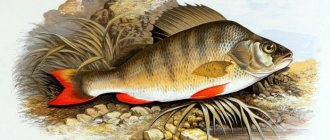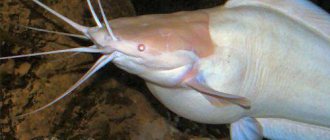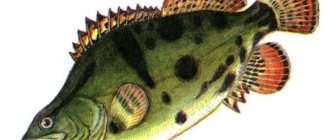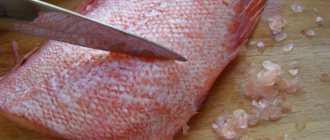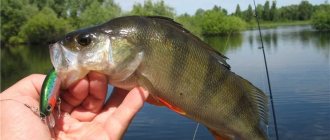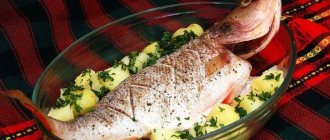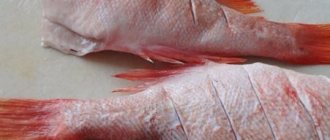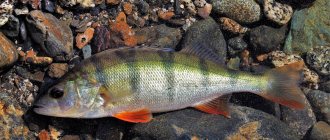What color is the predator?
Representatives of the perch family are distinguished by their striped color. The number of stripes varies depending on where it lives. River perch has up to 9 stripes, and in fish that live in the depths of the sea, their number is reduced.
Freshwater inhabitants are characterized by a dark green back and a yellowish belly. It should be noted that the color is lighter on the sides. The eyes of the perch are orange.
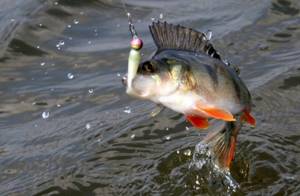
Perch color
There are at least three common types of fish habitat - river, lake and sea. Each of them forms its own subtypes. Depending on them, there is a difference in the color of the perch.
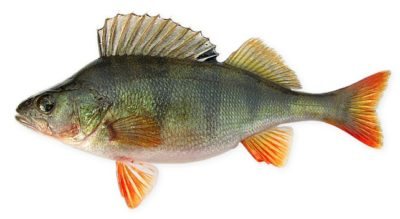
The main colors of the fish are yellow-green and gray-green. If we take the inhabitants of sea waters, their colors consist of brighter colors - pink and red tones are found. There are individuals of perch in sea waters with blue or pure yellow scales.
The color of the fins also has its own shades:
- the upper fin is red-blue;
- dorsal fin – green;
- the rest are in red.
What is typical for fish of this family is that the color of their ventral fins is the same. Pink with bright red hues.
Description of fins
The perch has two dorsal fins, the one closer to the head is larger in size. It is colored grey-green and has a dark spot visible on it.
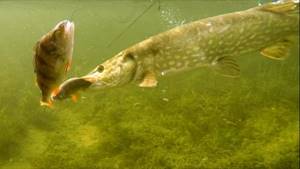
The first fin consists entirely of bony processes, and the second mainly consists of soft rays. The fin near the anus and pectoral fins are brightly colored.
Useful properties of perch
Perch meat contains proteins, fats, vitamins, , , , , B12, , , , , .
Perch is rich in such macro and microelements as: potassium, phosphorus, calcium, iron, zinc, it also contains magnesium, sodium, chlorine, sulfur, iodine, copper, manganese, chromium, fluorine, molybdenum, cobalt, nickel.
Perch meat is tender, white, lean, aromatic, has good taste, and in addition, perch has relatively few bones. Perch can be consumed fried, boiled, smoked, baked and dried. Perch is also used to make canned fish and fillets. Perch is considered a dietary dish; the energy value of 100 g of perch meat is 82 kcal.
When frozen, perch fillet retains its taste for 3-4 months (at a temperature of -18 °C).
River perch is one of the most suitable fish for preparing fish soup. Both small and large fish are used for fish soup, and the former, as a rule, are only gutted without removing scales, wrapped in gauze, boiled for a long time, and then thrown away, after which large fish are added. Large specimens are boiled in a small amount of water. Spices, fresh mushrooms (porcini or champignons), cucumber pickle, and dry white wine can be added to perch soup.
One of the best ways to prepare river perch is hot smoking; beech, hornbeam, oak, maple, alder, poplar, ash and fruit trees are used for smoking. The total time of hot smoking is about two hours; it is not recommended to add spices for smoking perch. The shelf life of smoked perch is no more than three days.
In addition to hot smoking, the so-called “semi-hot” smoking of perch is occasionally used, when the fish is smoked at a smoke temperature of 50-60 °C, removing the top cover from the smoking chamber. The duration of such smoking is 12 hours.
Holds the record for the presence of iodine
Dangerous properties of perch
Perch meat is contraindicated in case of individual intolerance, idiosyncrasy - painful sensitivity to various irritants.
In addition, it should not be abused for gout and urolithiasis, as it can provoke an exacerbation due to the high content of purines, which increase the formation of salts in the body.
You can watch how to catch perch in winter in our video.
Tatyana Eliseeva chief editor of the Food+ project
Ask a Question
Rating:
7.3
/10
Votes: 3
Usefulness of material 8
Reliability of information 8
Formatting of Article 6
Perch head
Compared to the size of the body, the head of the fish is small. The oral cavity contains rows of bristly teeth.

The gills are covered with covers that have spines that serve as good protection from other predatory fish.
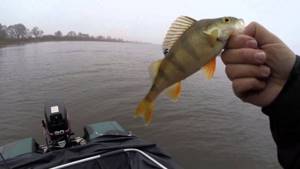
Description of the perch
The fish leads a sedentary lifestyle. In summer, small and medium-sized perch gather in schools and move to shallow water. They prefer quiet places.
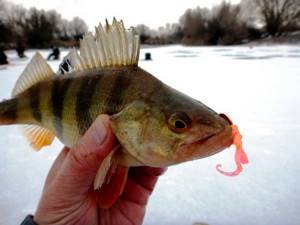
Spawning of the Ural perch
Male stripers can reproduce in their second or third year of life, while females mature in their third or fourth year.
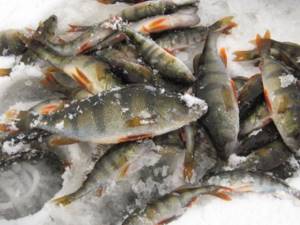
Spawning begins when the water warms up. The optimal temperature ranges from 7 degrees to 15. This period falls at the end of April and beginning of May.
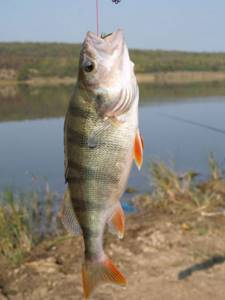
Spawning occurs annually. During this period, fish can immigrate a short distance. For example: perches swim from the right bank to the left.
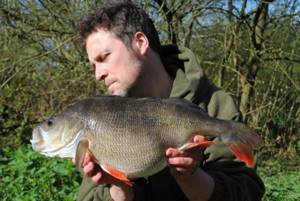
The food for the fry is plankton, and as soon as they grow up, they begin to eat other invertebrate inhabitants, including small fish and even fellow fish.
- Loach - fish lifestyle, nutrition, reproduction process + 71 photos
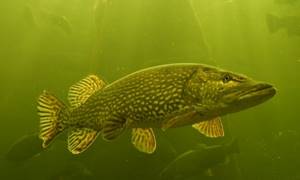
Pike - appearance, habitats, nutrition, varieties, spawning + 86 photos
- Silver carp - fish characteristics, habitats, fishing and bait features + 80 photos

Upcoming “Harmony of Dissonances” by Sasha Okun
In London, at the end of September, a personal exhibition of the famous Israeli artist, professor of the Jerusalem Academy of Arts “Bezalel”, member of the group of artists “Aleph” who worked in Leningrad in the 70s, Sasha Okun, opens.
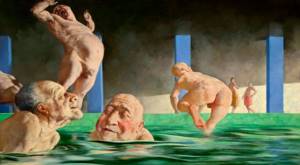
OBSERVATIONES: “BATHING AT HAMAT HA GADER.”
Okun's works are in the collections of the Russian Museum in St. Petersburg and the Israel Museum in Jerusalem. His paintings will also be exhibited next year as part of the Albertina Gallery's summer show of new acquisitions in Vienna.

OBSERVATIONS: “HORSEWOMEN”. Triptych, central part.
The London exhibition of Sasha Okun’s works is called “Harmony of Dissonances” and symbolizes the life path of the artist, who was born in 1949 in Leningrad and emigrated to Jerusalem in 1979. Sasha Okun told RG that the name of the exhibition was given by its curator Khagai Segev after the artist, in one of his interviews, described his view of the structure of the world and his work in exactly this way.
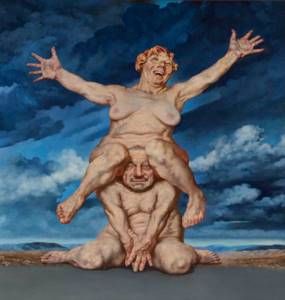
OBSERVATIONS: “HORSEWOMEN.” Triptych, right side.
The exhibition will feature 26 works from private collections. “For the most part, these are works from the Observationes series exhibited at my previous exhibition at the Museum of Contemporary Israeli Art,” explained RG Okun. “The curator considered it necessary to add a couple of earlier works and sketches, apparently deciding to give the exhibition a hint of retrospection " Okun emphasized that the British public had not yet seen what would be exhibited in London.
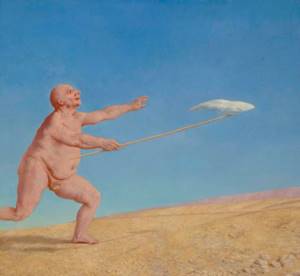
OBSERVATIONS: “BUTTERFLY CATCHER”.
According to curator Khagay Segev, Okun's paintings break out of the canvas and combine the performing techniques of frescoes and oil painting.
Okun's works are primarily a study of the nature of the human body and reflection on existing ideals of beauty. New “harmonies of dissonance” arise on the edges of the medieval grotesque, Rubensian baroque and the poetics of the absurd of the Oberiuts.
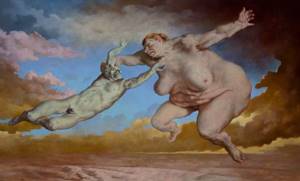
OBSERVATIONES: “BIG WOMAN BEATING A MAN.”
According to Okun, the heroes of his paintings are ordinary people, aging and gaining weight, like him, far from the standards of an ideal figure. “In essence, every character in my paintings is a self-portrait,” explains Okun.
The exhibition will run from September 29 to October 13.
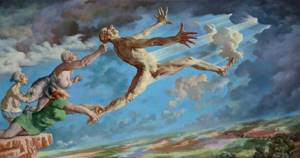
OBSERVATIONES: “UNSUCCESSFUL ESCAPE”.
In addition, on October 8th Sasha Okun will speak to the general public together with the exhibition curator Khagai Segev and other art history researchers.
More information about the London exhibition and the artist can be found on the gallery's website.
What do adult perches eat?
The main diet for the predator is fish ranging in size from 6 to 12 cm. When the snow melts, it also eats worms and algae.
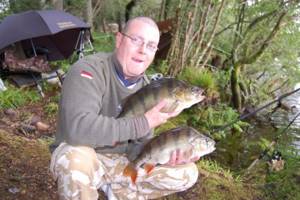
With the onset of warm days, the predator begins to hunt fish, and unwary relatives often find themselves among the prey. Perch eats crustaceans and invertebrates.

What fish habits should avid fishermen know about?
Perch fishing is very popular. Fishermen experience an unforgettable sensation when they manage to catch a large specimen.
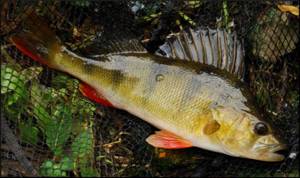
Perch lives in pools or places where there is a reverse current. The basis of its food supply is small fish. On rivers, schools of fish do not exceed a dozen individuals, then relatives do not have to compete for food.

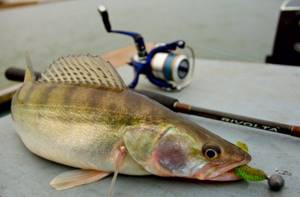
Pike perch - characteristics of the species, seasonality of catch, feeding and spawning + 81 photos- Ruff - characteristics, varieties, lifestyle, nutrition and reproduction + 56 photos
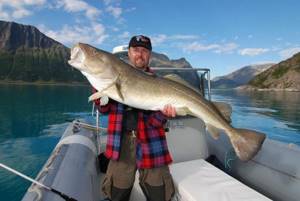
Horse mackerel - description, species, habitats, nutrition, spawning, recipes + 95 photos
Good perch is found on the river where the shadow falls. A fisherman can have an active bite both during the day and at night.
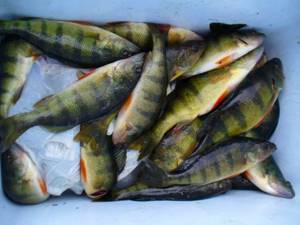
If you are interested in trophy specimens, it is better to fish at night. But during the day, large perches often behave aggressively; they chase fry into shallow water, and the chances of catching a big fish are reduced to a minimum.
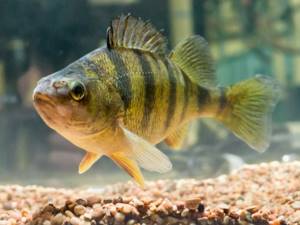
Perch feels great in ponds. In such reservoirs, its peak activity occurs in the morning and can continue until lunch.
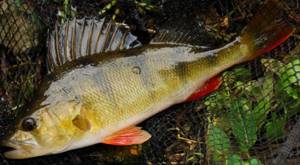
On a pond, perch constantly moves in search of food, so you cannot be sure that if yesterday you had an excellent catch in this place, today the perch will be waiting for you again.
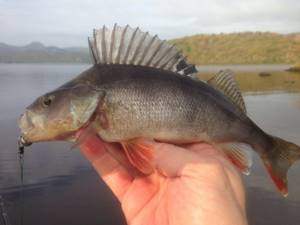
Tackle and fishing methods
You can only catch a large perch on a hook with a worm attached only by accident. This perch prefers to hunt for small fish, which it mainly feeds on. Therefore, among the methods of catching large perches, live bait gear predominates. The most common fishing method is spinning. Large perch can bite on live bait mounted on a live bait rod or jig when fishing for pike. You can fish with a vertical spinner from a boat in the summer, or from the ice in the winter. But the main fishing tackle will be a spinning rod.
When choosing a spinning rod, it is better to take a rod no lower than the light class. Although it is assumed that large specimens will be caught, even a large perch will not offer as strong resistance as a pike. And a very powerful rod will not allow you to cast normally with light baits, nor will it allow you to properly fish out a not-so-huge predator. You can use the same gear as for catching small pike. Both the rod itself and everything else will be comparable for catching large perches.
It is better to use a spinning reel with a size from 1000 to 2500. You can fish with multipliers, but they should be very small in size. A large multiplier reel will not allow you to catch and cast normally. An ordinary inertial reel is not suitable for such fishing and it is better to abandon it. There is most likely no alternative to a spinning reel and is not yet in sight.
It is best to use braided fishing line with a diameter no thinner than 0.2 mm. When using monofilament fishing line, its diameter should start from 0.3 mm. It is good to fish with braided line in the summer when the weather is warm. When the temperature outside is closer to zero, or even a slight minus, here it is better to replace the braided line with monofilament fishing line. Braided fishing line freezes heavily, and even taking measures against the formation of ice will not give better results than using conventional monofilament fishing line.
Read: River perch: habitat, nutrition, reproduction
Almost no one uses jigs specifically for perch. Perch is caught on these tackles along with pike along the way. The same applies to donkeys. Donks are convenient for fishing from the shore when you need to deliver the bait further from the shore and closer to the bottom. But donka also catches pike, perch, burbot, and other predators equally well. Therefore, donka cannot be considered a special perch tackle. But it is quite possible to catch perch with it.
A float bait fishing rod for catching perch will be the same as for catching pike. Both the equipment and the live bait, if it is small in size, and even the places for catching pike and large perch can coincide, and these two fish can be caught equally successfully with the same tackle. Therefore, this tackle can be used equally for both pike and large perch with the same equipment. Unless you don’t have to put a metal leash on the perch. But when biting pike, you won’t be able to do without it. That's why they still put the leash on. It won’t be able to scare the perch too much.
